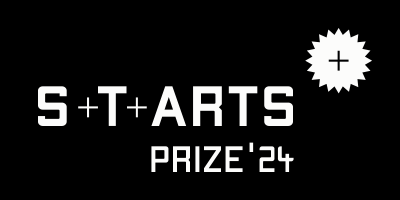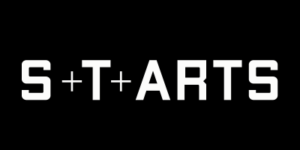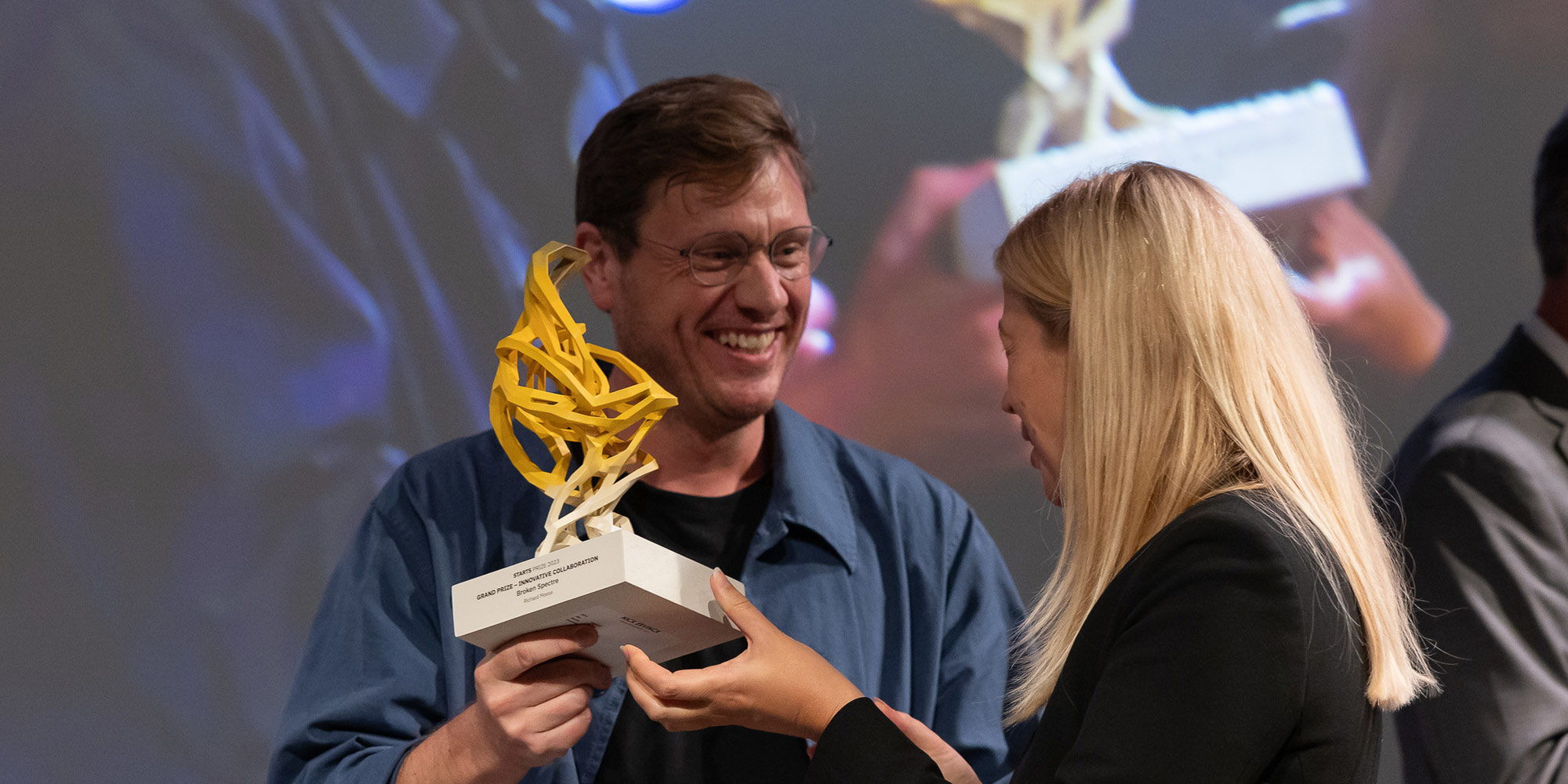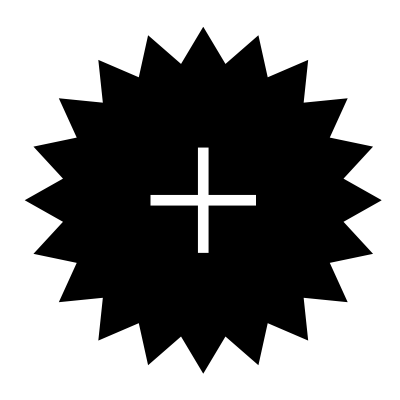These are the winners of the S+T+ARTS Prize – Grand prize of the European Commission honoring Innovation in Technology, Industry and Society stimulated by the Arts:
Grand Prizes 2023
-
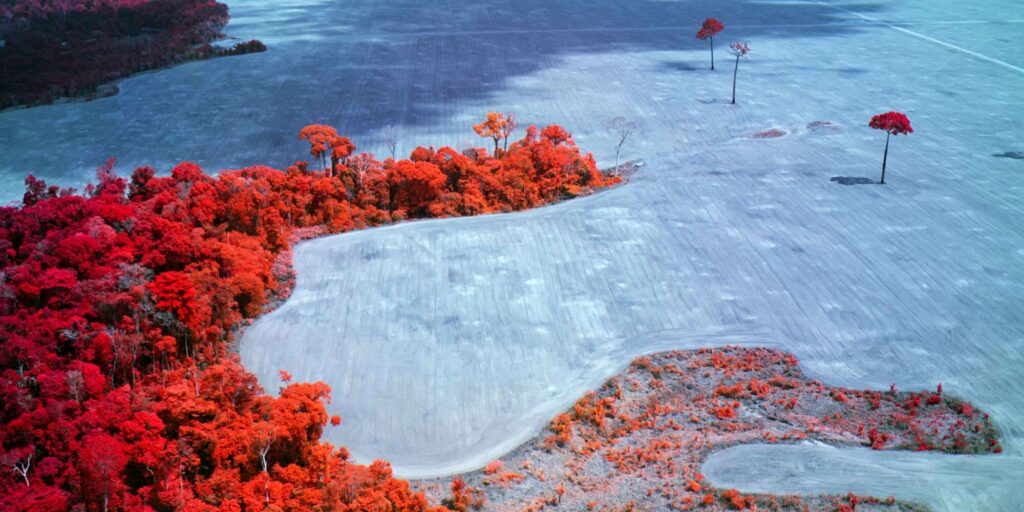
Broken Spectre
Richard Mosse (IE)
Broken Spectre (2022) is a disquieting portrait of willful environmental catastrophe along the Trans-Amazonian Highway told through a kaleidoscope of scientific, cultural, historic, socio-political, activist, and anthropological filters. This dream-like immersive video forms an extensive record of widespread yet unseen fronts of deforestation and industrialized ecocide in the Amazon Basin, unveiled using a range of…
-
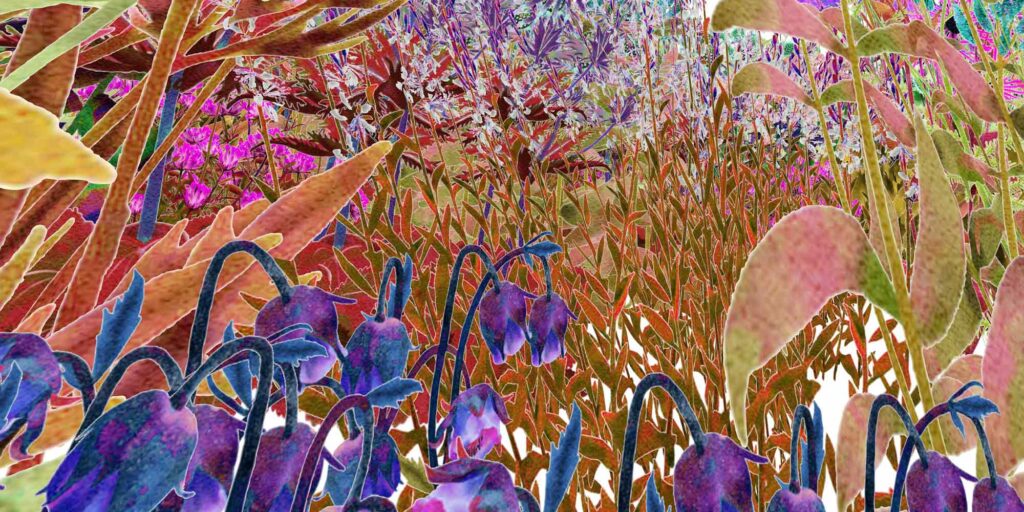
Pollinator Pathmaker
Alexandra Daisy Ginsberg (GB)
Pollinator Pathmaker is an artwork for pollinators, planted and cared for by humans. Created by Alexandra Daisy Ginsberg in response to human-made ecological damage, the work is a one-of-a-kind experiment in interspecies art.
Honorary Mentions 2023
-
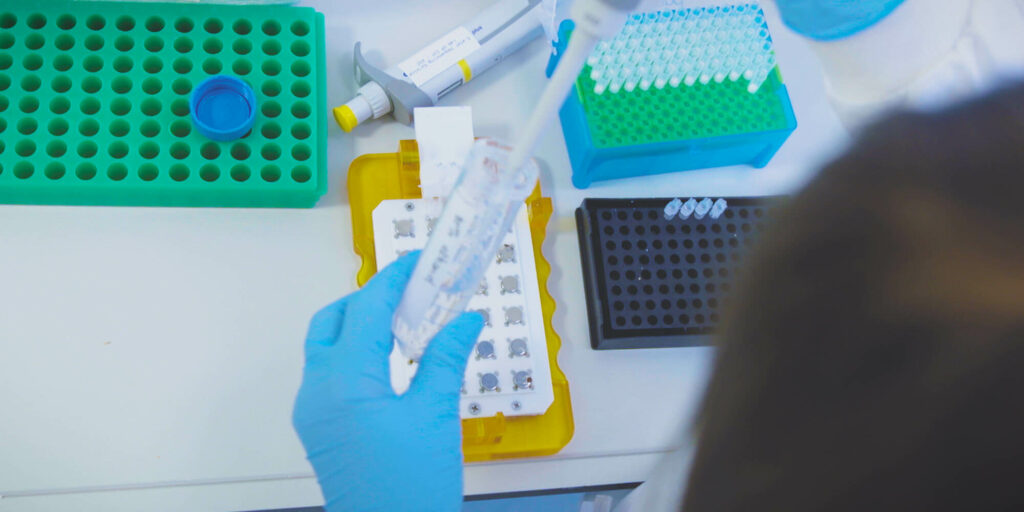
Between the Lines
Sarah Selby (GB)
Between the Lines is an innovative project that aims to weave the personal experiences of individuals subjected to the UK border regime back into the systems that govern them. By combining traditional administrative tools of pen and paper with cutting-edge DNA data storage technology, the project infiltrates the bureaucratic systems of the UK Border Regime.
-
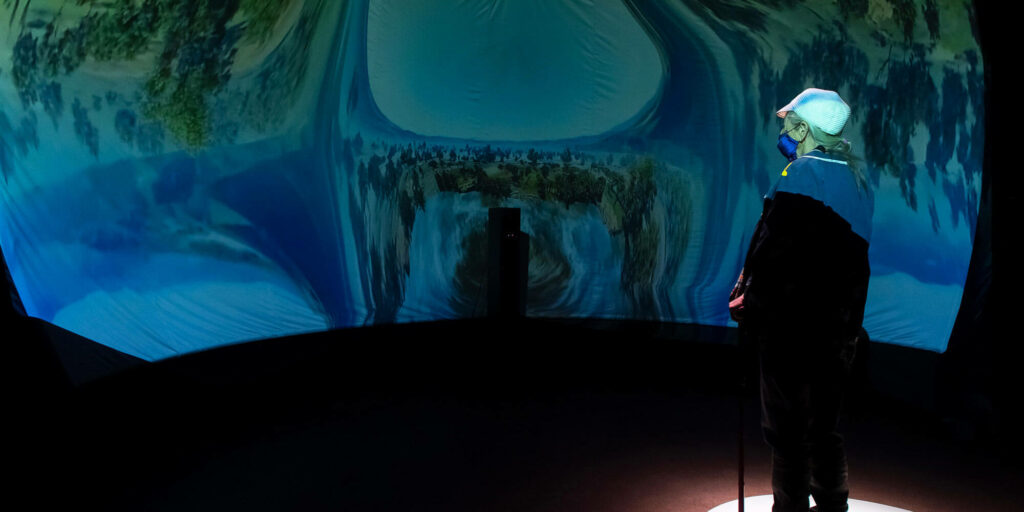
Child of Now
Robert Walton (AU), Julianne Pierce (AU), Claire Coleman (AU), University of Melbourne, Arts Centre Melbourne, Phoria
Child of Now is a mixed-reality artwork that calls on citizens to co-create, shape, and nurture an indigenized, sustainable, and fairer vision of the next century for an imagined child born in 2023. Experienced as an immersive tactile audio-visual installation, Child of Now invites visitors to enter the Aboriginal concept of the ‘everywhen,’ a place…
-
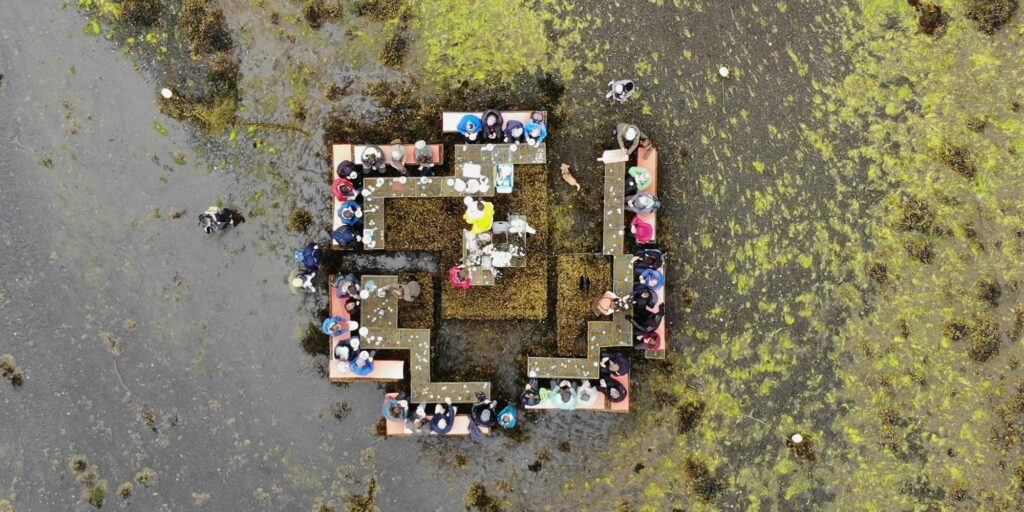
CLIMAVORE
Cooking Sections (INT)
CLIMAVORE explores how to eat as humans change climates (UNSDG 13). As spring, summer, autumn, and winter are increasingly fuzzy, it focuses on new seasons of polluted oceans, soil exhaustion, and drought. CLIMAVORE protects and improves soil and water environments, advancing citizen’s right to food through regenerative food systems that cultivate habitats (UNSDG 11).
-
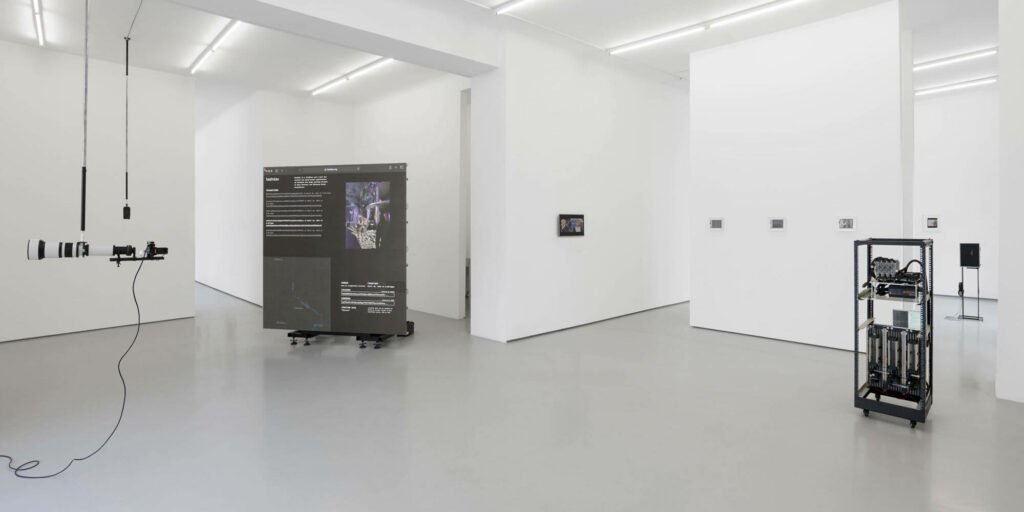
Hashd0x | Proof of War
Egor Kraft (RU)
Hashd0x | Proof of War came about as a series of technical and tactical proposals at the intersection of human rights and the arts. Aimed to address common tactics of misinformation and propaganda at the core of ongoing warfare, this is an urgent response to the brutal acts of war on Ukrainian soil.
-
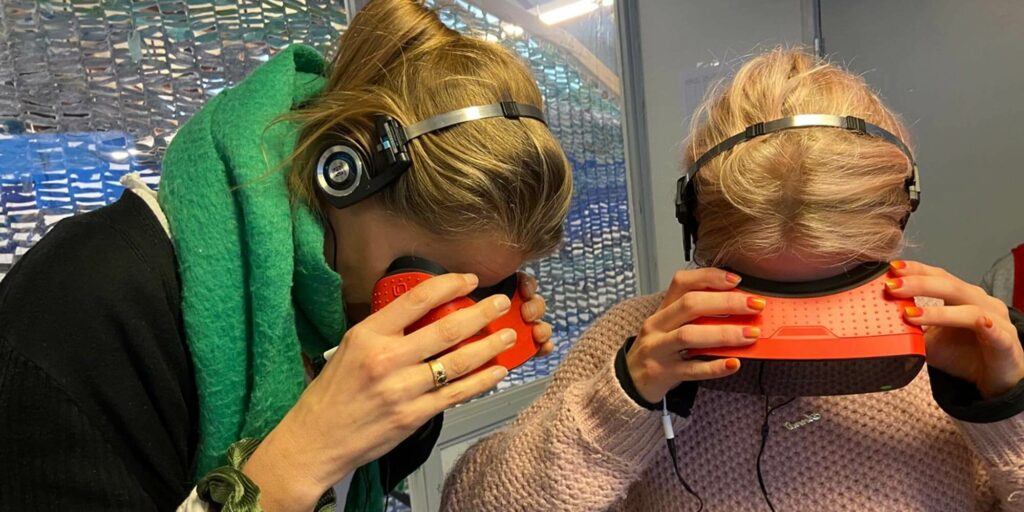
Labyrinth Psychotica – The Anoiksis Experiment by Roomforthoughts
Jennifer Kanary (NL)
After my artistic research PhD on psychosis simulation with art and tech, I worked on finding a pattern in the long-ignored subjective data of lived experiencers’ voices. My investigation into their stories has led to a radical artistic research theory, method + new VR psychosis simulation experience to help change our understanding of psychosis. Simplicity…
-
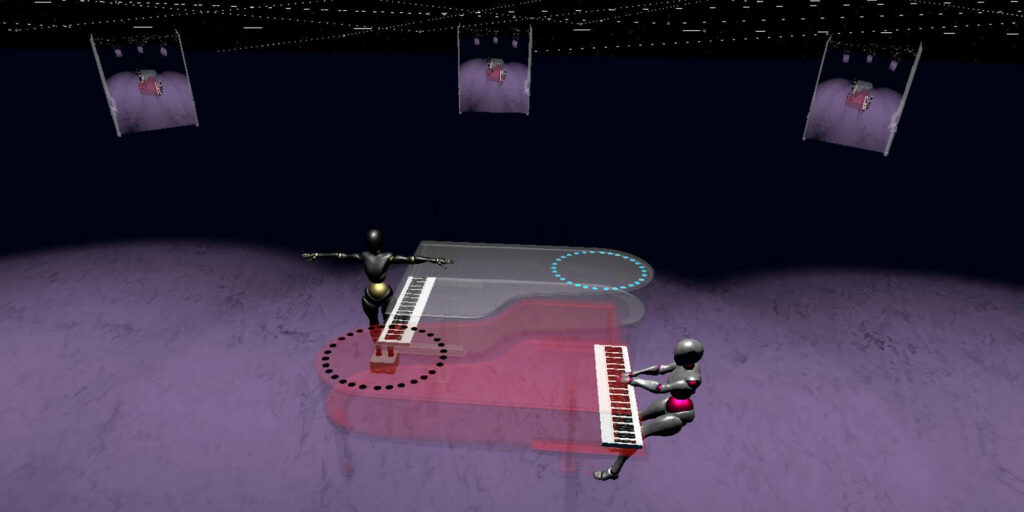
MetaPhase
Giusy Caruso (BE), LWT3 (IT)
MetaPhase is the artistic output of a cross-sector encounter between avant-garde pianist and researcher Dr. Giusy Caruso (BE) and the innovative start-up LWT3 (IT). This joint research was driven to explore the creative potential of data processing, human-machine interaction, and biotechnological applications in a XR performance to enhance performers’ expressiveness and audience fruition.
-
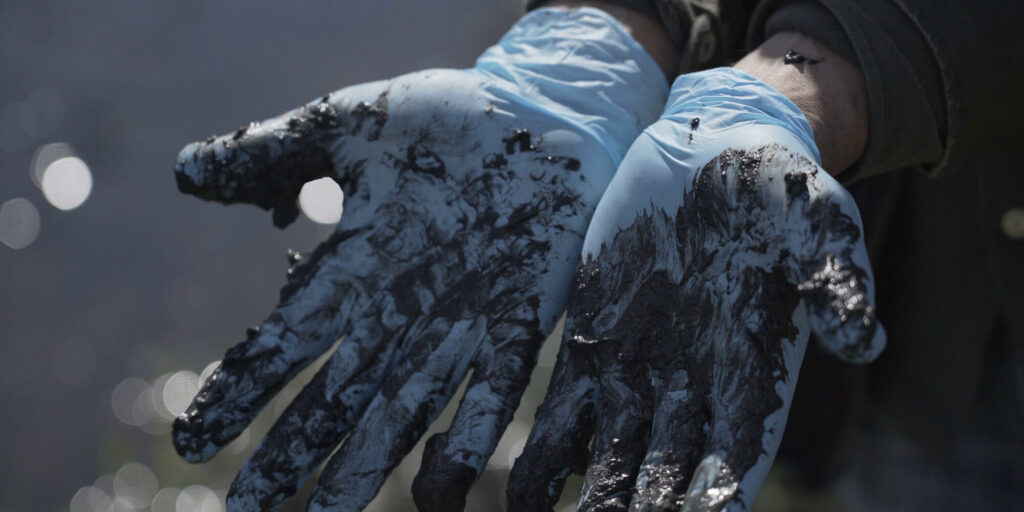
Sensing for Justice – SensJus
Anna Berti Suman (IT)
The Sensing for Justice – SensJus project was specifically launched to research the potential of grassroots-driven environmental monitoring as a source of evidence in environmental justice litigation, and as a tool to foster conflict mediation in Europe. A special focus was devoted to the poorest regions in the South of Italy, most affected by environmental…
-
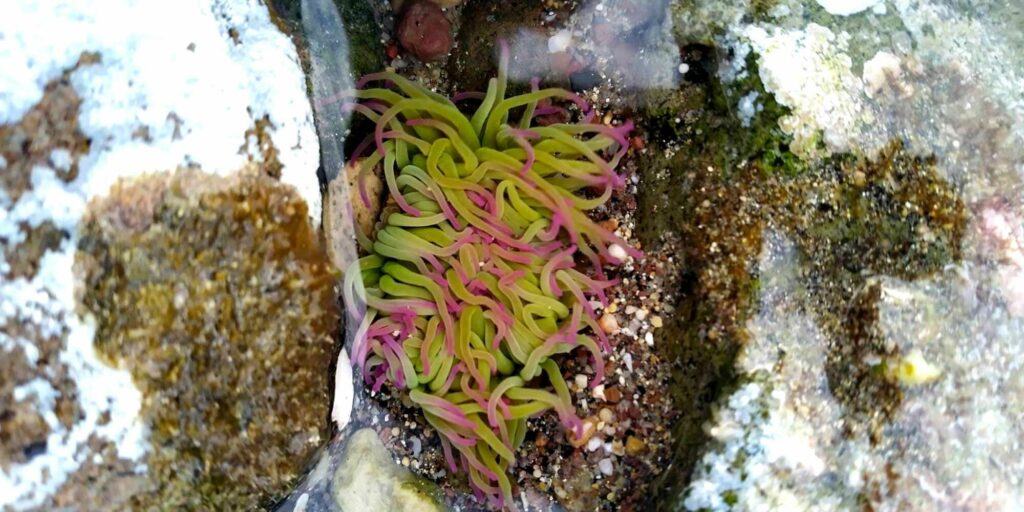
Server Farm
James Bridle (GB)
Server Farm is a proposal to build a computer out of, and in collaboration with, plants and other critters
-

Turba Tol Hol-Hol Tol
“Hol-Hol Tol” is the “heart (tol) of the peatlands (hol-hol)” in the language of the Selk’nam people, one of the first nations of Tierra del Fuego, in Patagonia. “Turba” is Spanish for “peat,” so the title for the Chilean Pavilion at the 59th International Art Exhibition of La Biennale di Venezia Turba Tol Hol-Hol Tol…
-
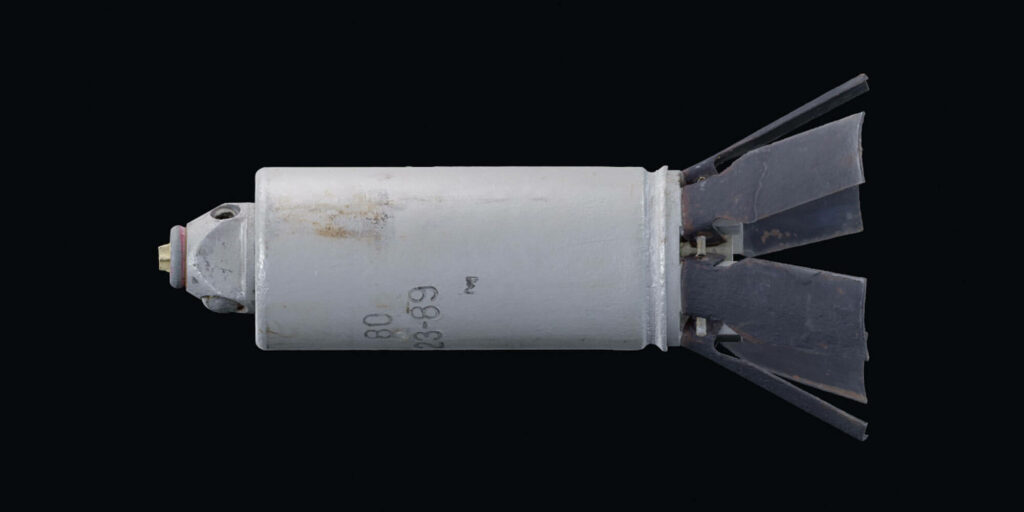
VFRAME: Computer Vision for OSINT/OSI Research
Adam Harvey (US), Josh Evans (US), Jules LaPlace (US)
VFRAME is a computer vision project that develops open source image processing software and neural network models for human rights related research and conflict zone monitoring. Started in 2017 with the goal of bridging the gap between industry between commercially aligned AI and the needs of investigative research, VFRAME is now a pioneer in the…
Nominations 2023
-
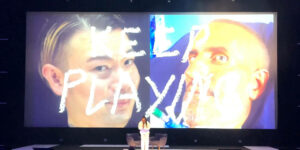
ALL PLAYERS TOOL LAB.
Masatane Muto(JP), Dentsu Lab Tokyo (JP)
There are many people who have not been players due to their disabilities. But the idea for one person can be a powerful force to move the world forward, just like the alleged inventor of the typewriter who built it in order to communicate with a blind friend. Our challenge is to shift the social…
-
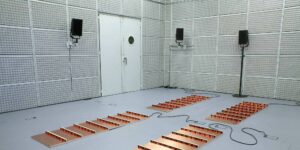
Critical Climate Machine
Gaëtan Robillard (FR)
Critical Climate Machine is a project that quantifies and reveals the mechanisms of misinformation on global warming. The project consists of a data sculpture and a sound installation. The sculpture analyzes myths about climate change, using natural language processing. Its software monitors and debunks false arguments originating from Twitter.
-
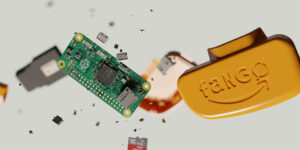
FANGØ a Facebook, Amazon, Netflix and Google Obfuscator
Martin Nadal (ES)
FANGØ is a defense weapon against surveillance capitalism. Disguised as a mobile phone charger, it operates as a microcontroller that takes control of the smartphone in which it is plugged into. Making random searches and liking random posts on popular social platforms, it aims to deceive data brokers and disrupt the data capturing process.
-
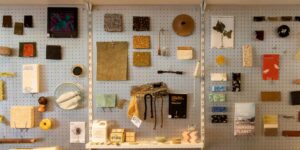
Future Materials
Future Materials is a multidisciplinary knowledge platform that promotes and disseminates knowledge about sustainable materials. Its core aim is to support the transition towards ecologically-conscious art and design practices.
-
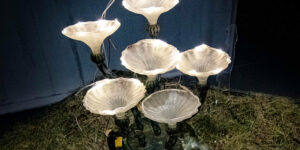
Geo-Llum
Samira Benini Allaouat (IT)
Geo-Llum aims to reimagine the role of public lighting in green urban areas with a symbiotic relationship between the artificial and the natural world, focusing on a deeper understanding of microorganism community such as fundamental collaborators in the city ecosystem.
-
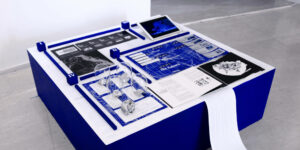
Hyper-Dust
Erlu Ni (CN), Songnan Guo (CN), Shuyi Fan (CN), Ziyao Lin (CN)
Zooming into our micro-level surroundings, dust is the most common but a rather invisible component. However, it carries a wealth of information from global ecology through atmospheric activity. Through working with atmospheric scientists and based on eco-philosophical research and scientific modeling, we started an art project named Hyper-Dust and decided to search for the Sahara…
-
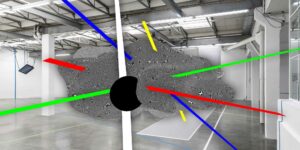
Im/Possible Images
Rosa Menkman (NL)
Imagine you could obtain an ‘impossible’ image of any object or phenomenon that you think is important, with no limits on spatial, temporal, energy, signal/noise, or cost resolutions. What image would you create? (the answer can be a hypothetical image of course!)
-
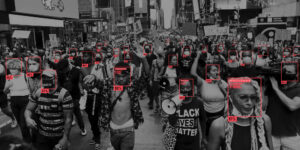
Inside the NYPD’s Surveillance Machine
Amnesty International (INT), Superposition (NL)
Inside the NYPD’s Surveillance Machine is an interactive data visualization revealing the shocking reach of facial recognition technology in New York. The experience allows users to plot a walking route through New York City and discover how much of this route might be exposed to surveillance through facial recognition.
-
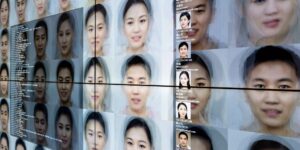
It Could Be You
HsienYu Cheng (TW)
It Could Be You is a thought-provoking art project that explores privacy and identity in contemporary technology. Using machine learning and pentesting or ethical hacking, the project generates fictional personal data through synthetic data frameworks and, by gathering messages from various online forums and chatrooms, it raises questions about privacy and protection.
-
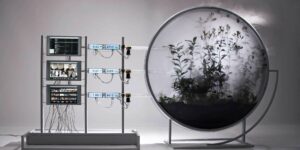
MBc02 – Uncovering the hidden impact of the internet
Thijs Biersteker (NL)
Dutch artist Thijs Biersteker has developed a machine that shows the emissions associated with everyday online activities from video chats and emails to trading NFTs as visible puffs of CO2.
-
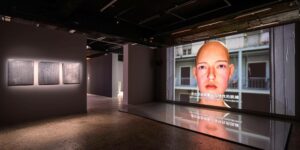
Not allowed for algorithmic audiences
Kyriaki Goni (GR)
A big number of audiences online nowadays is mainly algorithms. Algorithms are trained on the auditory information that is produced and uploaded by humans. In Not allowed for algorithmic audiences, a digital assistant situated in an Athenian apartment exhibits an odd behavior.
-
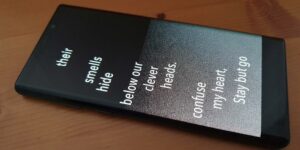
The (m)Otherhood of Meep (the bat translator)
Alinta (Alinta Krauth) (AU)
The (m)Otherhood of Meep (the bat translator) is an AI interpreter for grey-headed flying foxes, drawing from scientific research on flying fox vocalizations to interpret their voices into poetic form in real-time. It aims to evoke an interspecies bridge between species at the center of human/wildlife conflicts.
-
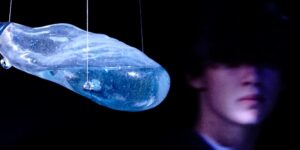
The Glacier Trilogy
Theresa Schubert (DE)
The Glacier Trilogy is an immersive artwork investigating glaciers as the starting point of fluvial systems and the future of water in climate crisis. A product of advanced computational technologies (such as generative adversarial networks, atmospheric sensors or realtime ice-fluid simulation for 8K) combined with sculpture materials and human creativity, The Glacier Trilogy stimulates an…
-
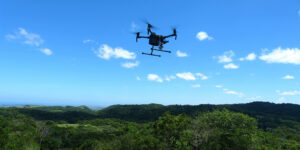
The Living Dead: On the Trail of Female (2022)
Laura Cinti (IT)
No longer existing in the wild, ‘Encephalartos woodii’ is one of the rarest and most endangered plants on Earth. One male specimen was found in 1895 in the Ngoye Forest, South Africa. It was removed from the wild and its offsets have been propagated in botanical gardens worldwide. However, these specimens are all clones of…
-
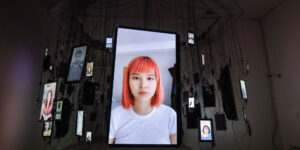
The More The Better (Two Truths and a Lie)
Mihály Kornai (HU)
The More The Better (Two Truths and a Lie) is a multimedia installation exploring the relationship between foreign languages and trustworthiness. The work consists of 100 videos in the 100 most prevalent languages on the internet, looping on used devices and hanging from a single metal structure.
-
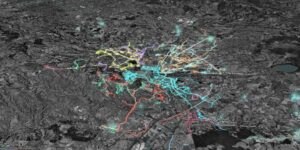
TRACEWASTE
Susi Gutsche (AT)
The project TRACEWASTE observes and visualizes garbage movements from a citizen’s perspective to explore future urban life in the context of waste management. It tracks discarded objects using geolocation methods, providing insights into waste whereabouts, transport durations, distances, and emissions. IoT devices (0G) in a low power wide area network track various types of waste…
-
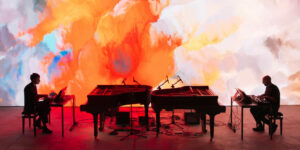
Transient – Impermanent Paintings
Quayola (IT), Andrea Santicchia (IT)
Transient is an audiovisual concert for two motorized pianos and video projections by Quayola and Andrea Santicchia aka SETA. A real-time improvisation in which the artists collaborate with complex algorithms in order to generate compositions of a delicate anthropic and technological balance. The custom software simultaneously generates sound and images, creating perfectly synchronized synesthetic alliterations.
-

Urban Data Forest
Monika Seyfried (PL), Cyrus Clarke (FR), Grow Your Own Cloud (INT)
Urban Data Forest reimagines the city as a site of data storage in plants and trees. It explores the possibility of how DNA data storage technology could transform urban spaces, bringing nature and data back to the city.
